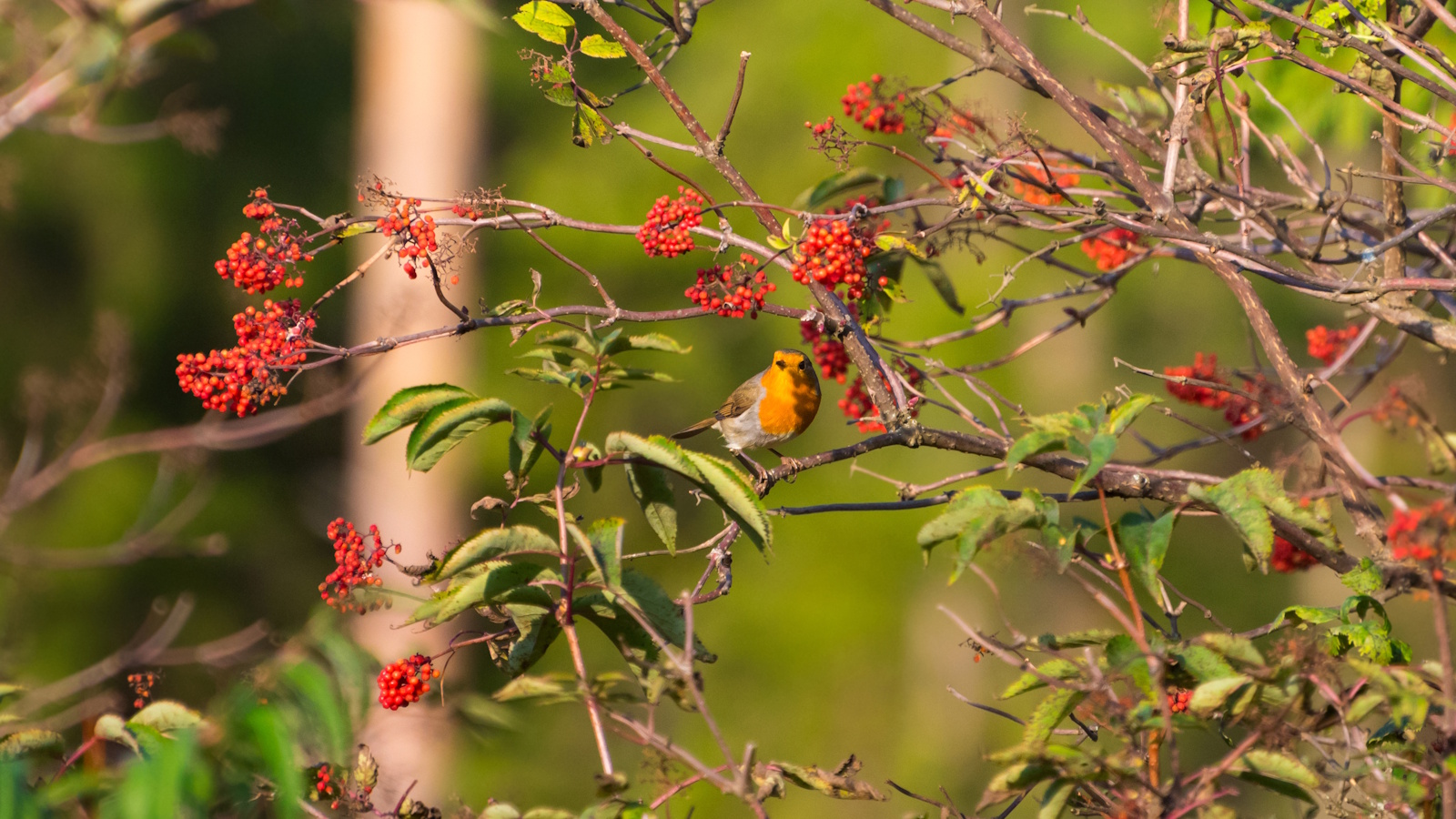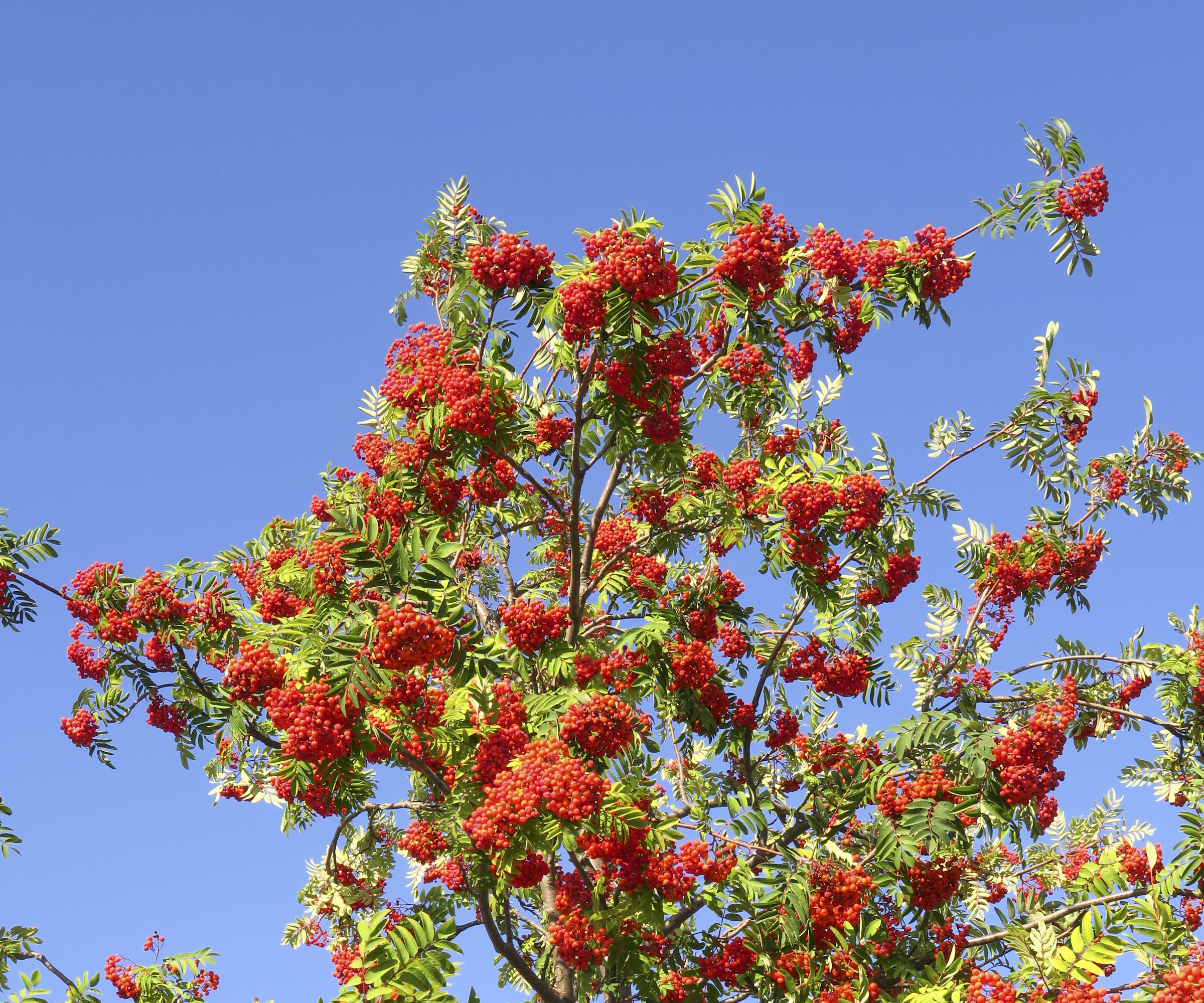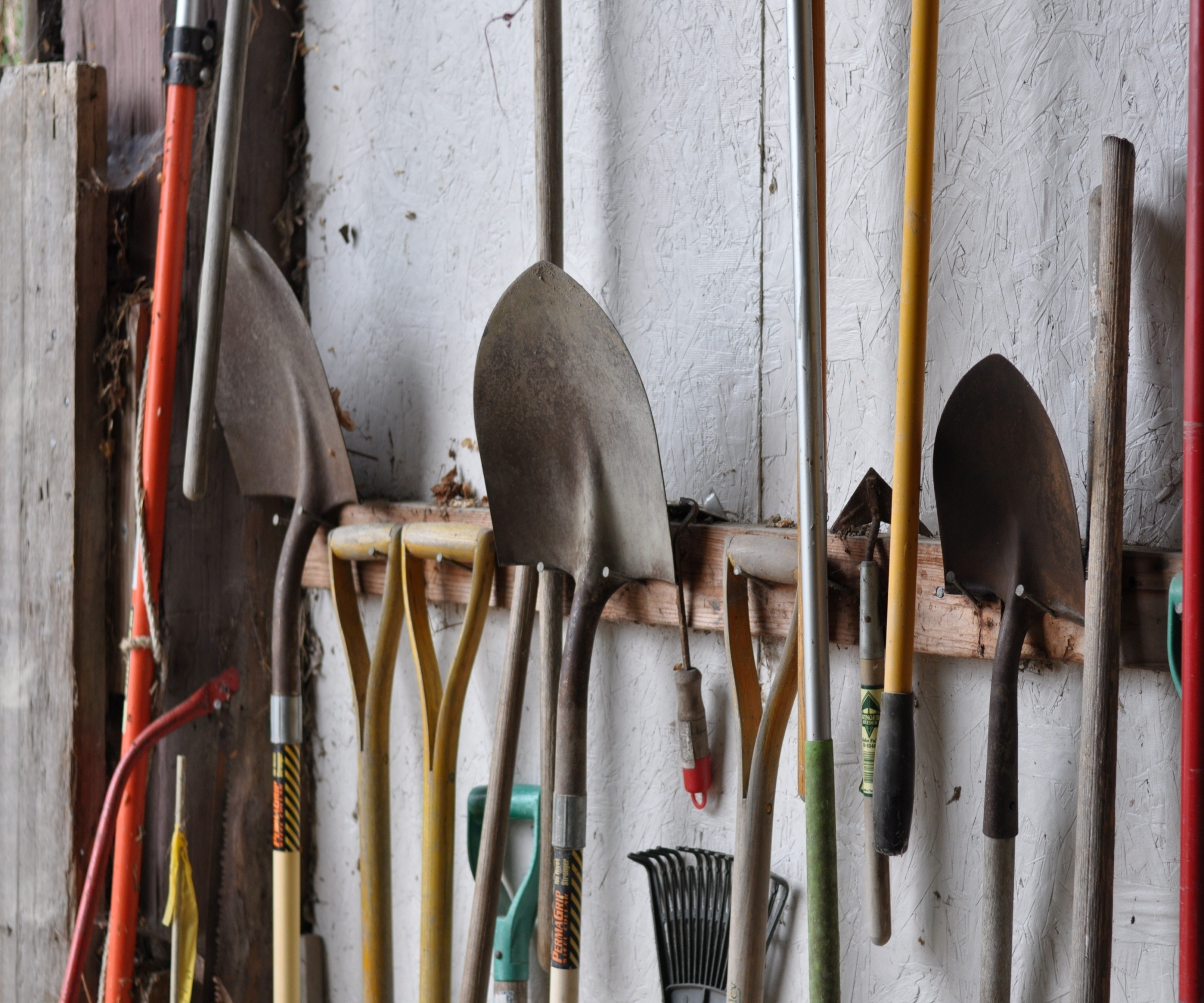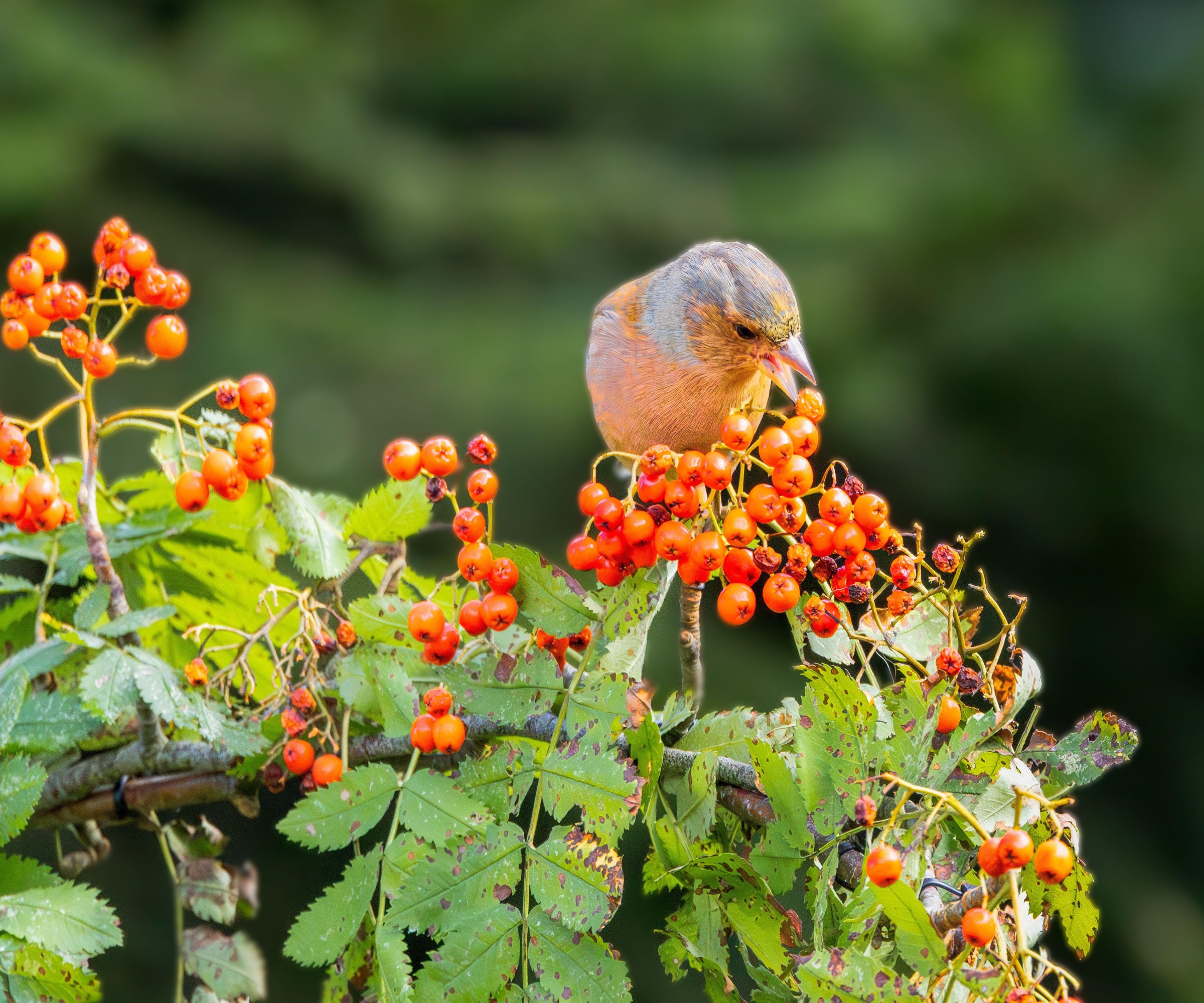
Learning how to prune rowan trees is important, particularly if you want to enjoy a bounty of berries come the fall and winter months. Pruning at the wrong time of the year can remove stems that would produce fruit, which would be disappointing for any gardener.
Rowan trees, scientifically known as Sorbus, are prevalent across much of North America and Europe. They are small to medium in size, with attractive deciduous foliage that changes from green to orange and red in October and November. It is their berries, however, that make this tree species quite so special, not only for us gardeners but also for hungry birds. For this reason, learning the right pruning approach is vital.
So, while you might know how to grow rowan trees, learning the right time and approach to pruning will guarantee a spectacular seasonal display year after year. Here, we share all the information you need to keep rowan trees in good health and looking their best.

How to prune rowan trees
Rowan trees are considered some of the best statement trees for growing in backyards. With attractive foliage and bright red berries, they can help to provide a colorful backdrop to garden borders and beds. While relatively straightforward to care for, there are a few rules to consider when learning how to prune rowan trees. Here, one garden expert from Tennessee reveals all you need to know for pruning success.
When to prune rowan trees

'Rowan trees are tough, hardy trees found across much of the US,' says Tammy Sons, horticulturist and CEO of TN Nurseries, based in Altamont, Tennessee. 'They can be grown from US hardiness zone 3 to US hardiness zone 6, making them ideal trees for cooler climates.
'To prune rowan trees effectively, take note of the best times to do so,' Tammy advises. 'Late winter into early spring, when the tree is dormant, is the optimal time to reduce the risk of infections or excessive sap loss. Ideally, anytime between December and February, but no later than this. Trimming in March would be a pruning mistake and risks cutting into new growth just as the tree is bursting into life, which is not recommended.'
Keep your hands safe and protected when cutting back your rowan trees be using these stylish gardening gloves.
Advice on how to prune rowan trees

Rowan trees are considered some of the best low-maintenance trees for a backyard, and like most tree species, their pruning requirements are not complicated to understand.
'To begin with, remove dead or diseased branches to prevent the spread of any infection that your tree may have,' Tammy says. 'This should be easy to spot, as you will notice discoloration when compared to healthy branches. Any blackened, rotten, or broken limbs can be removed.' For larger branches, use something like this Corona pruning saw, available to order from Amazon.
'If your tree has many stems growing inwards and is looking a little overcrowded, carefully remove some branches to improve sunlight penetration and airflow to the center of the rowan tree. Using pruning snips or loppers, cut down to a healthy joint. You don't want to leave awkward, unnatural angles, so it is often better to cut quite far back. While it might feel cruel, the result will look more shapely.
'You want the canopy to feel balanced and open,' Tammy adds. 'Just think of the natural shape of a rounded tree in a forest if you need inspiration. One common tree pruning mistake to avoid is removing too much growth, so be sure to follow the one-third pruning rule, cutting no more than 20 or 30% of the overall growth within one year.
'Furthermore, continue to remove any suckers by snipping any shoots growing along the main trunk or at the base of the tree. These suckers will divert energy from the tree, so regular and timely removal is best.
'Finally, always be mindful to use sharp, clean tools when pruning rowan trees. This includes pruning saws, shears and loppers. It is best to sterilize each tool between uses to prevent the spread of any infection or disease other plants or trees might be carrying.'
These attractive Okatsune pruners will easily cut through smaller stems and branches when pruning rowan trees.
FAQs
Can I add tree clippings to my compost heap?
Yes, you can add rowan tree clippings to your compost heap. Any old leaves or berries are fine to add, but be sure to cut any larger stems and branches so that they are no bigger than a few inches in length. Sizeable branches and stems will otherwise take a long time to break down.
While rowan trees are generally considered self-sufficient once they are established, it can be a good idea to complete a spot of mulching once a year. Using any homemade or shop-bought compost or mulch, apply a thick two or three-inch layer around the base of your tree to provide essential nutrients and retain moisture in the soil for the summer months. Mulch is available from Walmart.







